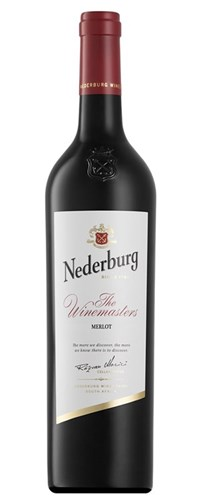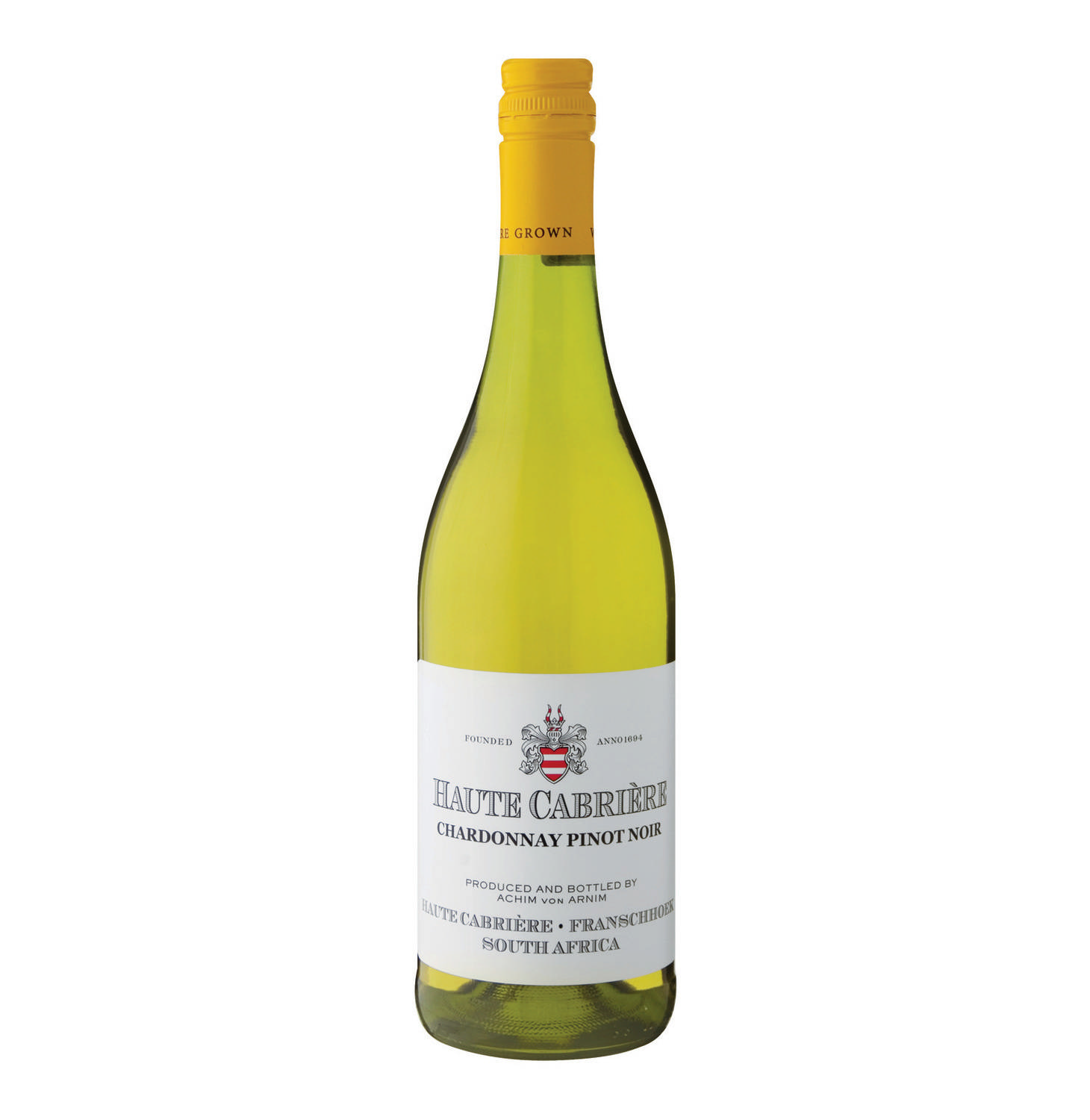Wine Tasting: Stage II — Aroma The Most important stage in wine tasting is the process of determining the aroma or ‘the nose’ as it is often called. This stage involves two distinct processes; swirling and evaluation.
The Most important stage in wine tasting is the process of determining the aroma or ‘the nose’ as it is often called. This stage involves two distinct processes; swirling and evaluation.
Wine Swirling – Swirling is an essential part of wine tasting which helps the wine to release the particles in it that determine its aroma. It also helps to vaporize the surface alcohol in the wine and gives out the actual scents. Swirling enables the wine to react with the oxygen in the air and also coats the sides of the glass so that the fragrances linger for a sufficient period.
The ideal glass for proper swirling is a long stemmed wine glass tapered at the top. This will focus the aroma towards your nose. The wine should fill only about ¼ of the glass. Initially you should keep the glass on a table hold it by the stem and rotate it slowly so that the wine spins smoothly along the sides of the glass. Once you have practiced sufficiently, you can lift the glass from the table but be careful not to spill any wine.
Evaluation – This is where your sense of smell comes into play. Here you actually sniff and smell the wine to identify the details of its aroma.
Intensity. This defines the strength of the wine’s aroma. There are four levels of intensity—weak, moderate, aromatic and powerful. The new young wines generally do not release their bouquet immediately. You have to coax it out by continuous swirling. While the best wines will discharge a strong aromatic bouquet. Some aromas will hit you as soon as you take the glass close to your nose, while some will gradually release their scents to all corners of the room.
Development. The development of the aroma of a wine is a clear indication of its maturity. A young wine will generally have the aroma of fresh ripe fruits with hints of spice or oak smells. An older, more mature wine will radiate various aromas like earth, mushroom, coffee, tobacco etc.
Specifics. This step in wine tasting is required to determine the specific aroma or aromas emanating from a wine. There are hundreds of bouquets that a wine might release and luckily our noses can detect most of them. The wine aromas range from the distinctive smells of fresh fruits to other more complex smells that could be a combination of various aromas. The youthful wines normally give out an aroma of fresh fruits. The older a wine gets the more complex is its aroma. A variety of scents like flowers, candies, chocolates, vegetables all could be aromas that you could get from a wine. There are many layers of aromas that you can smell gradually in the better wines. You have to determine the exact aromas that you can actually smell.
“Off” Aromas. Sometimes, during wine tasting you might come across some wines with weird aromas. These indicate flaws in the wine and are known as “off” aromas.
Devote maximum time in this stage of wine tasting as it will give you a conclusive idea regarding the quality of a wine.
Download this article




